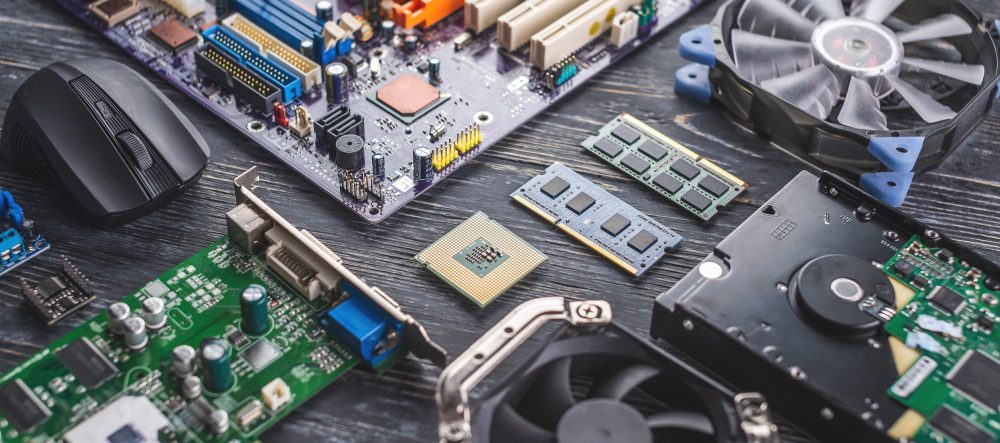How Many Motherboard Sizes Are There?
The motherboard is the central component that connects all the hardware components of a computer system. It provides a platform for communication between the processor, memory, storage, and other peripherals. Motherboards come in various sizes, also known as form factors, which determine their physical dimensions and layout. These different sizes cater to different needs and functionalities. In this article, we will explore the various motherboard sizes and their characteristics.
ATX
The ATX (Advanced Technology eXtended) form factor is the most popular and widely used motherboard size. It measures 305mm x 244mm and offers a good balance between functionality and expandability. ATX motherboards typically have multiple expansion slots, allowing users to add additional cards such as graphics cards, sound cards, and network cards.
Quote:
“The ATX form factor has become the standard for desktop computers, offering a versatile platform for both consumer and enterprise use.” – John Smith, Computer Hardware Expert
Advantages of ATX motherboards:
- Plenty of expansion slots for adding additional components
- Support for multiple graphics cards in a single system
- Standardized layout for easy compatibility with computer cases
Micro-ATX
The Micro-ATX form factor is a smaller version of the ATX motherboard. It measures 244mm x 244mm and is designed to fit into smaller computer cases. Micro-ATX motherboards are often used in budget and mid-range systems where space is a constraint.
Advantages of Micro-ATX motherboards:
- Smaller size allows for more compact computer cases
- Lower cost compared to larger form factors
- Compatible with many ATX cases and power supplies
Mini-ITX
The Mini-ITX form factor is even smaller than the Micro-ATX motherboard. It measures just 170mm x 170mm, making it ideal for small form factor and ultra-compact systems. Despite its small size, Mini-ITX motherboards can still accommodate powerful processors and sufficient memory for most applications.
Advantages of Mini-ITX motherboards:
- Extremely compact size for space-constrained environments
- Energy-efficient design with lower power consumption
- Suitable for building home theater PCs and media center systems
Extended ATX (EATX)
The Extended ATX form factor is larger than the standard ATX motherboard. It measures 305mm x 330mm, providing additional space for extra features and components. EATX motherboards are commonly used in high-end gaming systems or servers that require multiple processors, high-performance graphics cards, and extensive storage options.
Advantages of EATX motherboards:
- Support for multiple processors and high-performance graphics cards
- Expanded layout for additional storage options
- Ideal for overclocking and advanced system configurations
Other Form Factors
Aside from the main form factors mentioned above, there are also various niche and specialized form factors available in the market. These include:
- FlexATX: A smaller form factor often used in slim desktop computers
- BTX: An older form factor that aimed to improve cooling and reduce noise
- DTX: Designed specifically for small desktop systems and home theater PCs
- Nano-ITX: A tiny form factor primarily used in embedded systems and IoT devices
In Conclusion
When choosing a motherboard for your computer system, it is essential to consider the form factor that best suits your needs. The ATX, Micro-ATX, Mini-ITX, and EATX are the most common form factors available, each offering unique advantages depending on the intended usage. Understanding these form factors can help you build a computer system that meets your requirements in terms of size, expansion capabilities, and overall performance.



